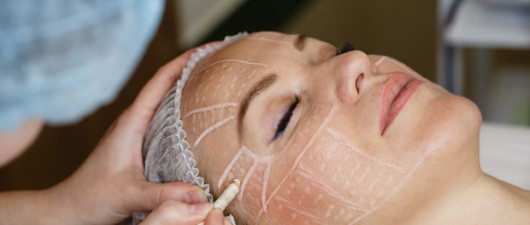Also known as rhytidectomy, the facelift is a popular cosmetic procedure that has helped countless patients restore their beauty over the last few decades. While this operation is incredibly effective, many patients aren’t exactly sure what kind of changes they can expect. If you think that you might be a good facelift candidate, then you should probably spend a little bit of time exploring exactly what facelift surgery can and can’t do.
Age-Related Blemishes

There are quite a few variables that are going to impact your appearance over the years, and some of those factors are completely out of your control. Even though the average individual can do many different things to protect their skin, that organ must withstand an incredible amount of damage. In addition to harsh UV rays, your skin is also going to be impacted by your lifestyle habits. Genetics play a major role as well, and that is one variable that you can’t control.
Eradicating Imperfections With a Facelift
The most important thing to remember is that facelift surgery isn’t going to completely change your appearance. After you take a look at a facelift before and after photo, you are quickly going to realize that the primary purpose of this procedure isn’t to completely change your face. The goal of a facelift is to gently enhance your appearance by minimizing the appearance of facial blemishes.
This procedure is typically used to target imperfections throughout the mid to lower face. That includes sunken cheeks, wrinkles on the sides of the mouth, and sagging jowls. While you might notice some other improvements in the rest of the face, those changes are going to be a byproduct of the skin-tightening procedure. That being said, imperfections in the upper face can be erased with other treatments and procedures.
What Takes Place During the Procedure?
To ensure maximum comfort, this procedure is carried out with a powerful anesthetic that puts you completely to sleep. Once you are asleep, your surgical team will make one small incision near each temple. That incision then follows around the ear toward the jawline. After the incisions have been made, the surgeon can gently remove any excess skin and fat that is contributing to the age-related blemishes. They will also have the option of manipulating some of the underlying tissue to create a more toned appearance. The final step in a facelift is to carefully suture the incisions shut so that compression bandages can be placed over the face.

You will be given medications to minimize your discomfort following the procedure, and you must remain as immobilized as possible for at least a few days. As soon as you start feeling better, you can begin to move around, make meals, and dress yourself. Most patients fully recover by the third or fourth week, but you could be feeling back to normal within just two weeks.



